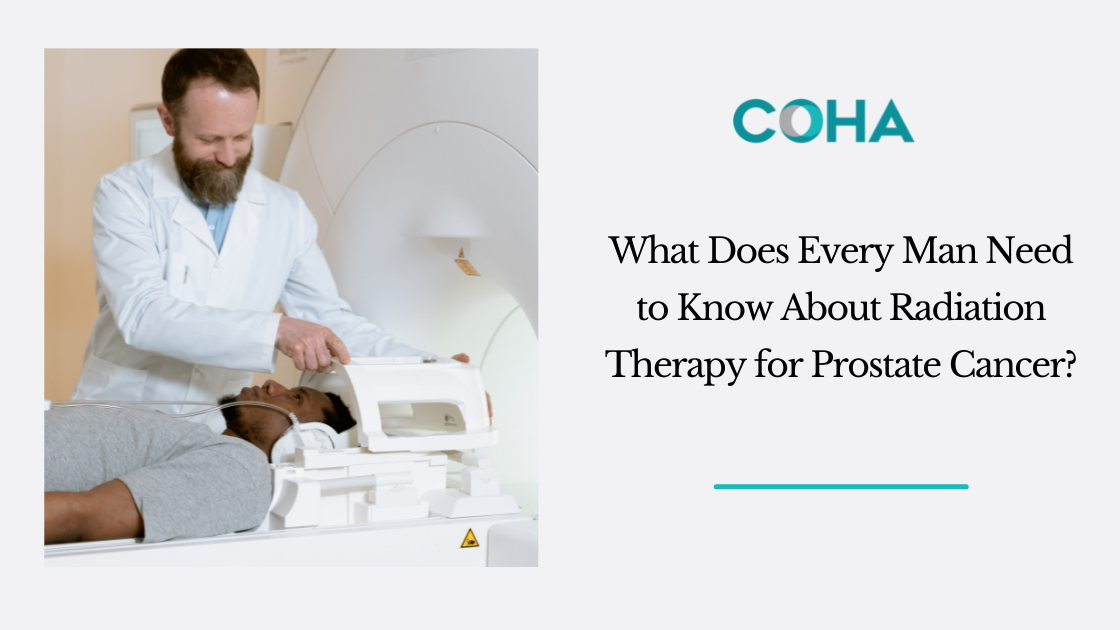


Prostate cancer ranks as one of the most common cancers in men. It is estimated that prostate cancer will affect 13 out of every 100 American men. However, in current times, there are several great cancer treatments available that increase the survival rate of patients substantially. Earlier detection is also more common and will help prevent the progression of cancer.
Currently, there are several effective therapies available for prostate cancer treatment. Advanced radiation therapy and surgery are now available to prostate cancer patients. This article discusses how effective radiation therapy is for prostate cancer.
There are mainly two types of radiation treatments available for prostate cancer—brachytherapy and external beam radiation. Brachytherapy is essentially an internal radiation procedure.
This therapy can be further divided into two procedures.
There are two types of external beam radiations for prostate cancer treatment:
If the cancer is detected during the early stages, a patient can choose either radiation therapy option. Both the therapies have 90% success rates in such cases. In patients with high-risk prostate cancer, however, it is seen that a combined approach of both the external beam radiation and brachytherapy works best. It’s best to speak to an experienced oncologist who will suggest the best option for you.
Radiation therapy can cause nausea, vomiting, and fatigue. There might also be urinary side effects or rectal irritations in patients. However, these are the most commonly occurring side effects. Your radiation oncology specialist can manage these with additional prescribed medication. Bowel issues like rectal pain, burning, and diarrhea, sometimes combined with bleeding, might also occur. However, these effects are not usually long-term or serious.
Usually, the external beam radiation therapy takes around 48 sessions to complete. It takes place for a period of ten weeks. However, stereotactic radiation therapy (SRT) can be reduced to just five sessions. The SRT treatment has a better precision rate, and hence the side effects are also lower than normal and are well tolerated.
The external beam radiation therapy or the SRT has a success rate of 95.5% for medium-risk prostate cancer. For the high-risk patients, the success rate is slightly lower and stands at 91.3%. Also, the 5-year survival rate for low-risk prostate cancer treatment with SRT stands at 98.5%. So, there is always hope amid despair.
If you are facing prostate cancer, do not lose hope. Accessible, effective, and affordable cancer treatments are now available close at hand. Simply get in touch with us at Chesapeake Oncology Hematology Associates. Our physicians create customized treatment plans for our patients and believe in providing the best service and treatment.